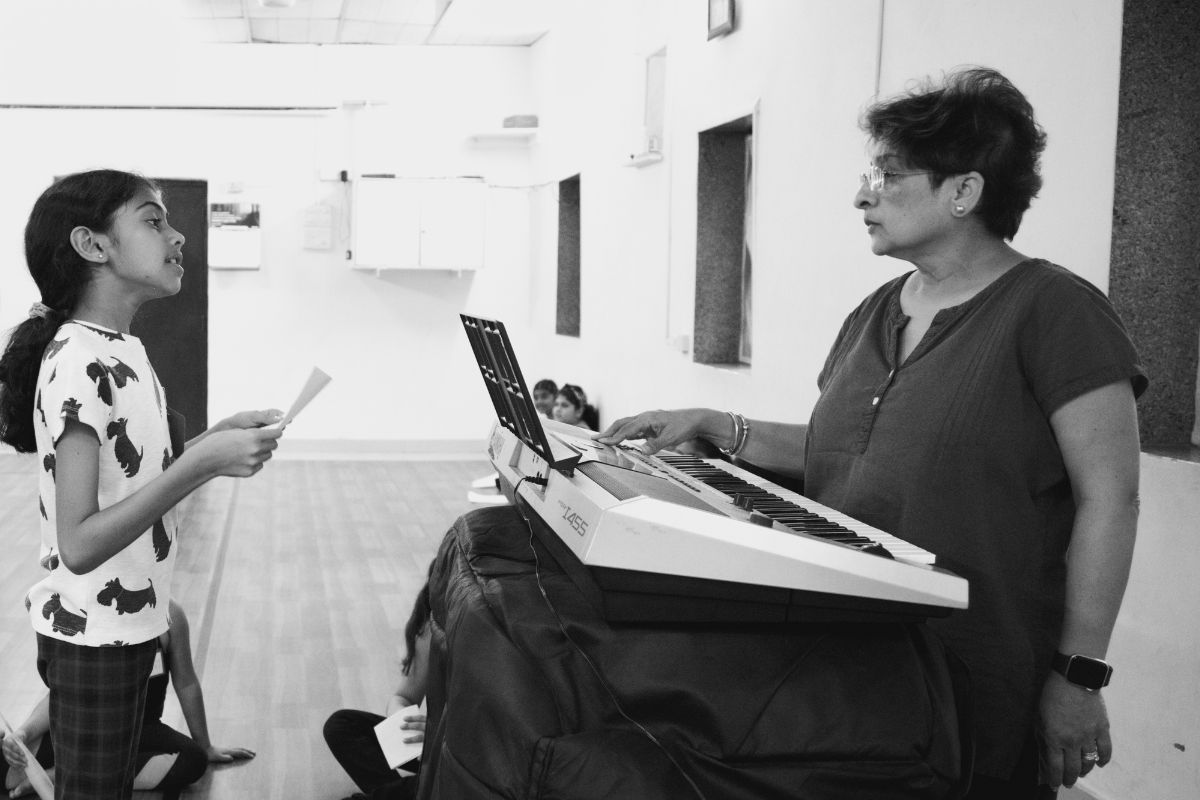The Importance of Choral Blending:
Why It’s More Than Just Singing
Many of us have experienced the power of a beautiful, soulful choral performance. What immediately strikes you is the emotional delivery of their group harmonies. However, there’s more to a stunning choral performance than meets the ear. While singing in tune is crucial, the art of choral blending transforms the music into a unified, seamless experience. Achieving this requires mastery of tone, dynamics, and a shared intention from every group member.
In this blog, we’ll explore the importance of choral blending and why it is essential for both the singers and the audience.
Creating a Unified Sound
Imagine listening to a choir where the harmonies don’t quite align. Without proper blending, the performance can sound fragmented, with individual voices standing out rather than merging into a cohesive whole. A successful choral performance relies on the strength of the collective sound, not individual voices. Each voice must blend to form a unified tone that resonates and fills the space with warmth and depth.
Achieving Balance and Harmony
Even if a choir sounds unified, it doesn’t always mean the balance is right. Most choirs include four main vocal sections: soprano, alto, tenor, and bass (SATB). Some choirs have two of each section like Soprano 1&2 and so forth. This is characteristic of larger choral works. Each section brings its unique range and timbre. The key to blending is balancing these parts is to align in volume, tone quality, and articulation. If, for example, the sopranos overpower or the basses sound too faint, it can disrupt the choir’s overall sound and result in an unpleasant listening experience.

Emphasizing Tone Quality and Consistency
Blending in a choir requires maintaining a consistent tonal quality across all voices. Singers must match not only pitch but also timbre—the distinctive color of their voices. By focusing on vocal techniques, such as vowel shapes, breath control, and dynamics, singers can ensure that their voices blend smoothly. Additionally by constantly listening to one’s neighbor on either side of the singer one is able to blend comfortably. This consistency helps achieve the unified sound that defines a great choral performance.
Improving Intonation
Choral blending is closely tied to good intonation—the ability to sing in tune together. When voices blend, the choir works as a unit to achieve harmony, with each singer making subtle adjustments to their pitch. These slight adjustments ensure that the group stays in tune, eliminating any sharp or flat notes that could disrupt the blend. A well-blended choir can mask small intonation inconsistencies, as the collective sound becomes the focus rather than any individual’s voice. This is especially valuable in complex harmonies or dissonant passages where precise intonation is crucial.

The Role of the Conductor
A skilled conductor plays a crucial role in achieving a seamless choral blend. By listening carefully to the ensemble, the conductor provides guidance on adjusting tone, volume, and phrasing to ensure a unified sound. They encourage proper vocal technique, dynamic control, and balance throughout rehearsals, helping to shape the choir’s overall harmony. The conductor’s ability to teach and correct is essential to developing strong blending techniques within the choir.
Choral blending creates a unified, balanced, and expressive sound that moves the audience and enhances the emotional delivery of the chosen repertoire. Mastering the art of blending improves vocal technique, intonation, and teamwork. For the audience, it creates a more immersive and impactful listening experience.

